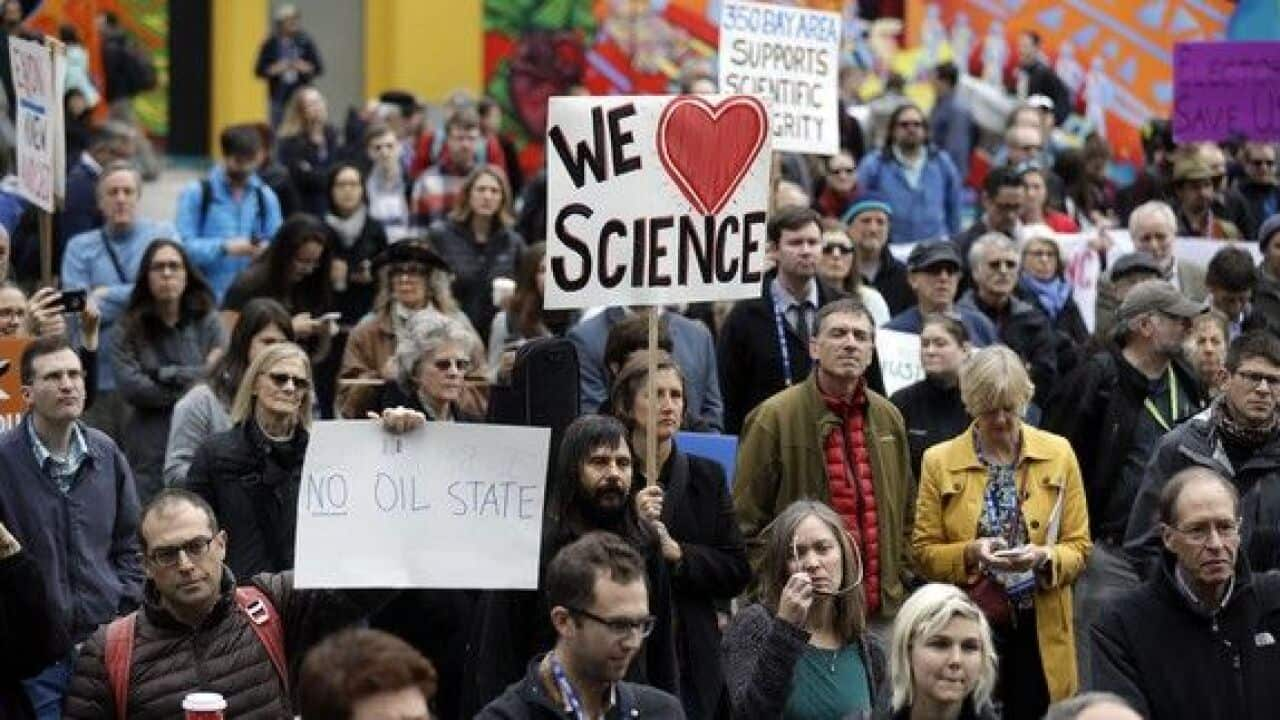This week is about encouraging young people to consider a career in the science, technology, engineering and mathematics (STEM) field.
Historically, in Australia, Indigenous people were subjects of scientific study rather than contributors, and were regarded as being part of the flora and fauna of this land mass. The introduction of Social Darwinism acted to reinforce racial division, highlighting the colonial superiority of Europeans over the Indigenous population rather than improve the recognition of intrinsic human rights. Indigenous knowledge was (and in some instances still is) dismissed out of hand as offering no genuine contribution to science.
Notwithstanding that is an obvious synergy between the Indigenous knowledge of the natural world and the scientific exploration of it, Indigenous people have been historically excluded from participation in the field of study. It was not until the late 20th century that there was a shift in the scientific community to an environmental sustainability focus where things like climate change and global warming became a large focus area.
In the last decade there has been increasing recognition of the critical contribution that Indigenous knowledge makes to biodiversity conservation, ecological processes and sustainable resource use and management.
The earth’s natural resources were studied and it became obvious there was a wealth of knowledge within the Indigenous community that would be a pivotal contribution to science. This shift in focus and newfound respect for Indigenous knowledge systems may account for the increase in Indigenous people pursuing careers in the STEM field and an increase in demand for Indigenous scientists. Indigenous people have unique knowledge systems that can contribute to all fields of scientific endeavour, including land and natural resource management.
In the last decade there has been increasing recognition of the critical contribution that Indigenous knowledge makes to biodiversity conservation, ecological processes and sustainable resource use and management. Undeniably, the rapid, grassroots-driven growth of an Indigenous community ranger workforce in recent decades, especially in Central and Northern Australia, is one of the strongest areas of Indigenous engagement in science due to the continued practice of traditional land care. However, research in these domains has been dominated by non-Indigenous researchers operating within a Western science framework and with outcomes that are usually defined and driven by government policies, grant programs and funding guidelines, and by researchers themselves, rather than by Indigenous community interest. The politics surrounding the evaluation of projects in natural resource management has been found to be especially problematic when the parties seek differing outcomes and benefits.
This is why the science community has responded by calling for more Indigenous STEM students. has just this week scholarships for Indigenous STEM students which is supported by Origin Energy’s philanthropic division which will provide up to two residential scholarships for Indigenous students undertaking STEM studies each year.
The has an Indigenous STEM education project in which they’re implementing an education project aimed at increasing participation and achievement of Indigenous students in STEM. There are six program elements to the project, which caters to the diversity of Indigenous students as they progress through primary, secondary and tertiary education, and into employment.
We have a growing number of Indigenous already in the field that have laid the foundation for Indigenous students considering embarking upon a STEM career and providing the critical element of mentoring that has proven to be a critical element in Indigenous tertiary success.
There are a number of events being put on by the science community over the next week to mark National Science Week, including the Indigenous Science Experience in Redfern from 16 – 20 August by the (NISEP). It will be hosted by the Redfern Community Centre and highlights the significance of Indigenous scientific knowledge. Indigenous student leaders and Elders from NISEP partner communities showcase Indigenous science activities to a wide audience. The event includes three days of the Indigenous students showing fun science activities to primary school students and our Family Science Fun Day, which is open to the public. This event incorporates a broad range of Indigenous and Western science activities presented by NISEP collaborators.





